Climbing in a Flat Land
Thursday, 27th January 2011 by Ian Brown
You might think that living in the Netherlands would be inconvenient for aspiring rock climbers – what with much of the country being at or below sea-level. However, this challenging situation has resulted in the creation of a variety of inventive climbing facilities.
In the northern town of Groningen at Bjoeks Klimcentrum we find Excalibur, the world's tallest climbing tower. The 37m-tall tower has an overhang of 11m; the Street View cameras distort the perspective a little in close-up images, but a more distant view shows that it really does lean a long way!
Excalibur contains 24 routes of varying difficulty, each creatively named by the person who developed it, such as Let your senses guide you, Pimp my climb and Volvo driving soccer moms!
It's too bad that nobody was climbing the tower when the Street View car went past. While there is soft material and a pad at the base, the overhang appears to lean over some large jagged rocks that probably provide a pretty good incentive for not falling off.
The facility has a large number of indoor walls, while the exterior is adorned with a variety of holds.
If you're not afraid of heights, this blog post has some dizzying perspectives of Excalibur, while this YouTube video shows what it's like at the top!
There is another unique climbing wall in Enschede in the eastern part of the country, near the German border. A very active climbing club at the university has created a network of routes on the exterior of a 9-storey student residence.
Street View shows somebody on the lower level holds further along, though the main wall is closed off. And while there does appear to a soft surface at the base of the wall, I really hope climbers get to move the spiky fence out of the way before attempting an ascent.
You can read more about this wall at the Archello architecture site.
Our final destination is in the southwest, just inside the border with Belgium. Street View just gives a distant glimpse of a concrete tower that was used in the creation of the Oosterscheldekering flood defences for this region. After construction of the barrier was complete, the tower was left in place for climbers to use.
This photo on Flickr gives a closer look at the climbing areas.
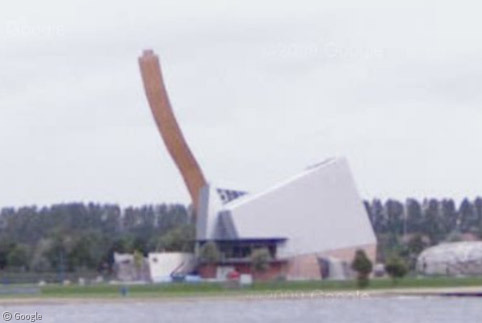
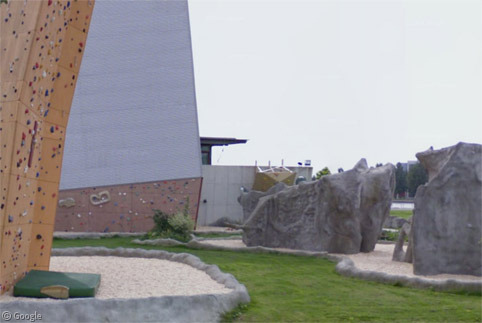
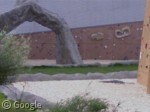
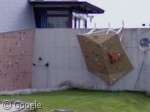
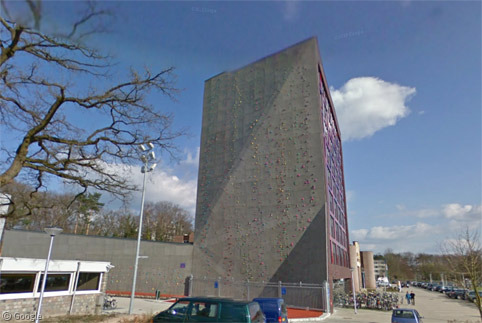

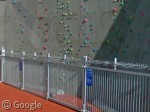
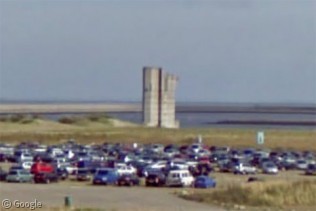
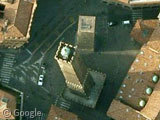
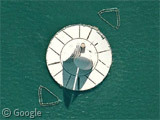
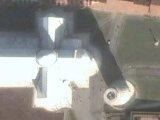
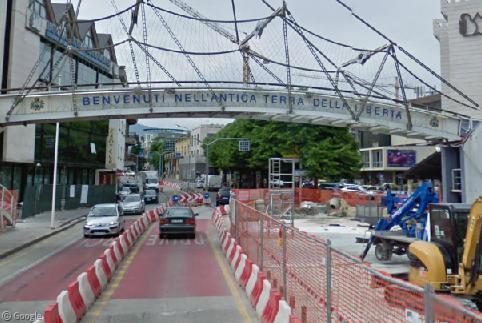
How about climbing a miniature Matterhorn? In Bergschenhoek you can climb the Monte Cervino: View Placemark,,0,0
On Fickr: http://www.flickr.com/photos/robinmoggre/5032587654/